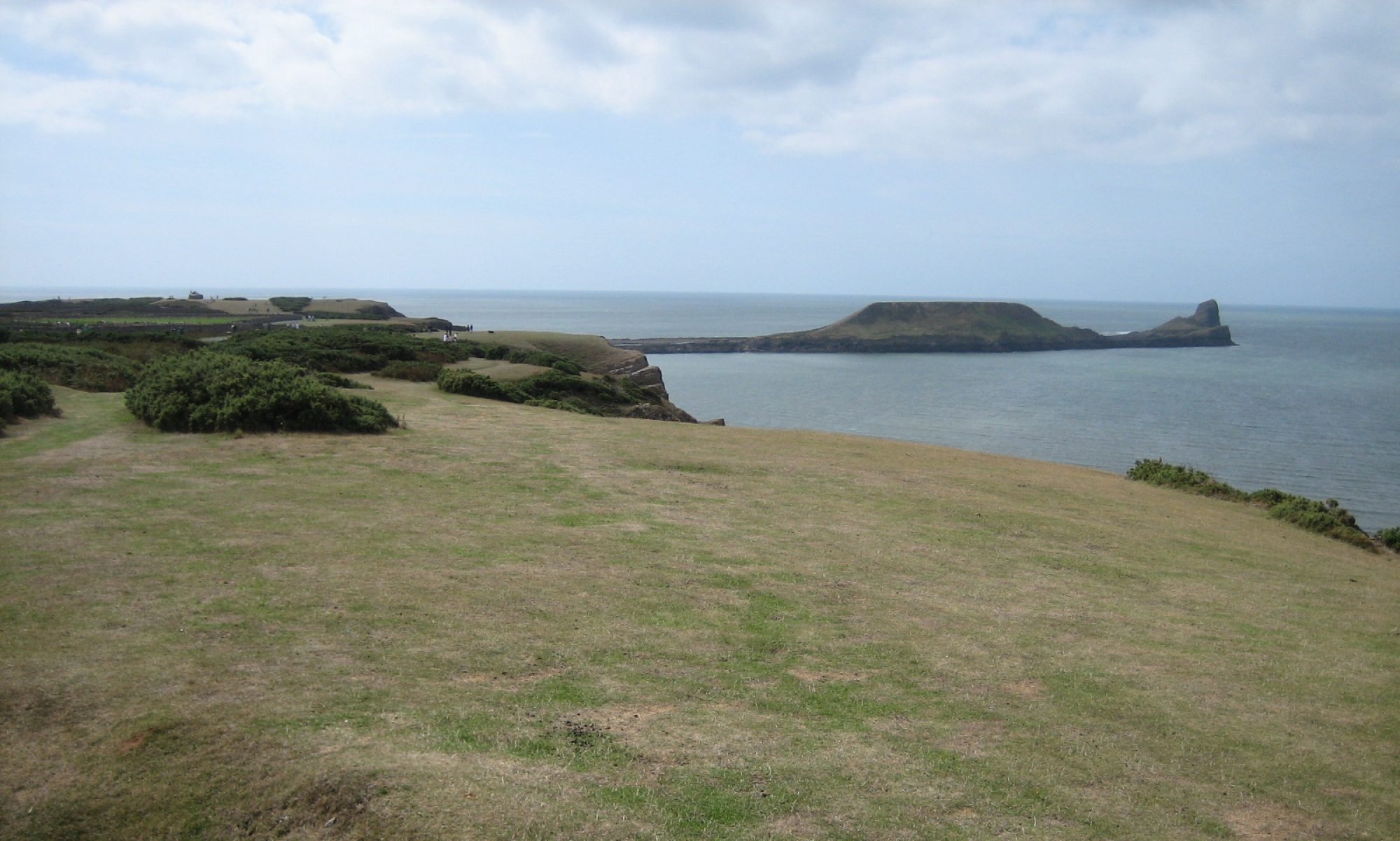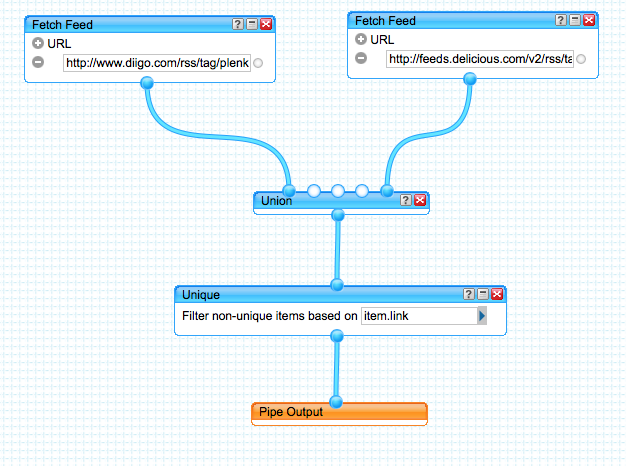This week’s PLENK2010 topic is an exploration of what Steve Wheeler has called Web 3.0, Stephen Downes has christened Web X, George Siemens calls xWeb and Rita Kop calls the eXtended Web. I prefer Sir Tim Berners-Lee’s name of the Data Web introduced in this TED talk and discussed here (Pivot My Data) back in March.
Out of interest, I present the Wordles of, clockwise from top left, Berners-Lee’s TED talk, Siemens’ xWeb, Kop’s eXtended web and Wheeler’s Web 3.0 presentation.
| [](http://www.flickr.com/photos/cpjobling/5034035908/ “Tim Berners-Lee on the Next Web (TED, 2009) by Chris P Jobling, on Flickr”) | [](http://www.flickr.com/photos/cpjobling/5034020226/ “xWeb (Siemens 2010) by Chris P Jobling, on Flickr”) |
| [](http://www.flickr.com/photos/cpjobling/5033959354/ “Web 3.0: The way forward? (Wheeler 2010) by Chris P Jobling, on Flickr”) |
[](http://www.flickr.com/photos/cpjobling/5030364288/ “The eXtended Web and the Personal Learning Environment (Kop, 2010) by Chris P Jobling, on Flickr”) |
I’m not sure you can make any serious points about such visualizations but it is sort of interesting. It is clear that Sir Tim’s message was chiefly concerned with data and to some extent people. George’s discussion concentrates on the web, data and his new buzz-word xWeb as well as people. Rita’s take is clearly more about learning and accessibility and Steve’s slides mention Web an awful lot.
But in reality, my main reason for blogging these is that they look nice.




